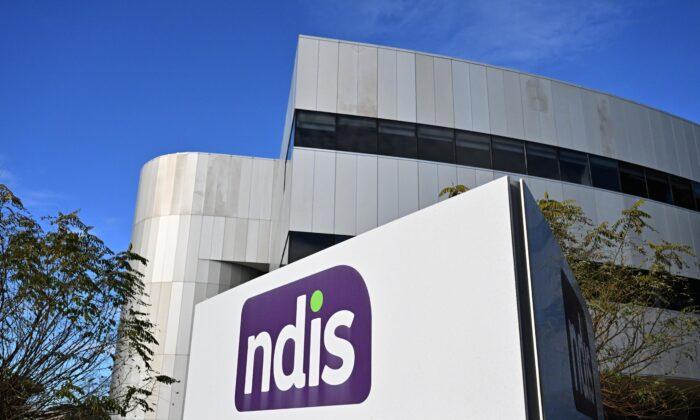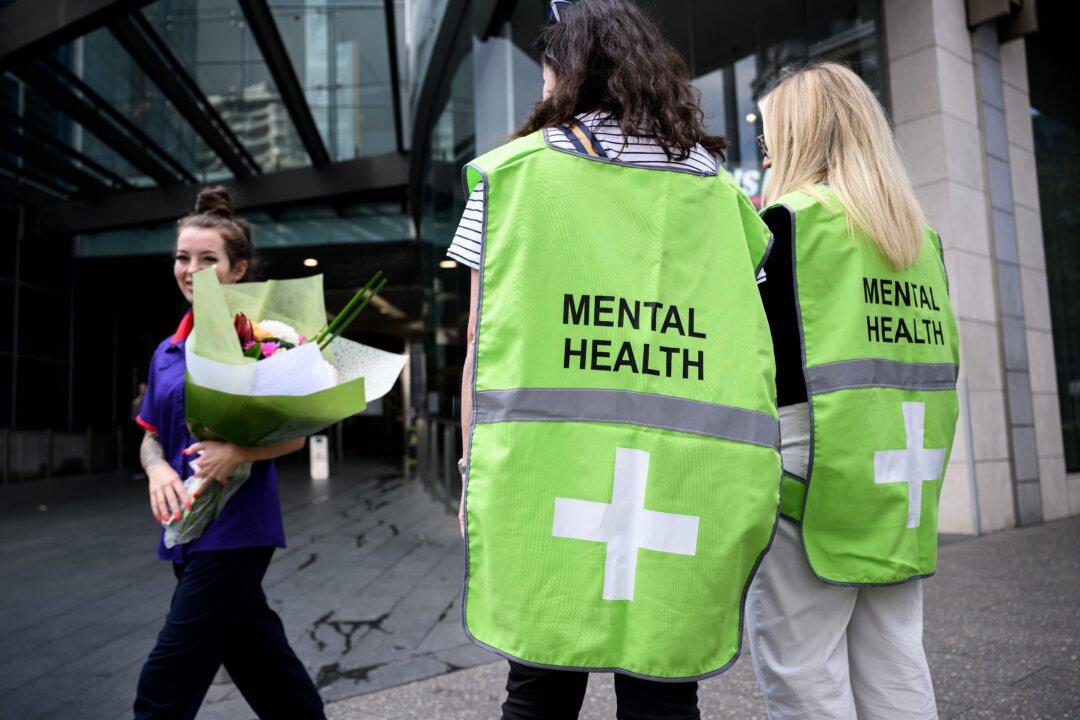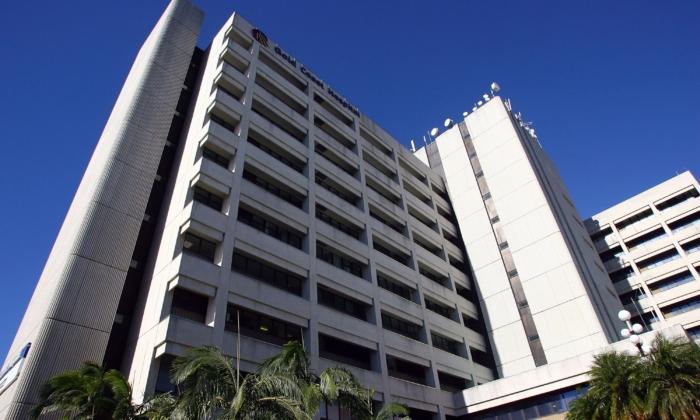Fraudsters who take advantage of the National Disability Insurance Scheme (NDIS) have been put on notice after the scheme’s minister declared that more than $400 million (U.S.$262.8 million) in criminally linked payments are being investigated.
Speaking to parliament on Aug. 3, NDIS minister Bill Shorten said the number of criminal investigations linked to payments from the scheme had risen to 46 percent—up from 38 percent in April.
This follows allegations from the Australian Criminal Intelligence Commission, Michael Phelan, who told The Sydney Morning Herald in August 2022 that organised gangs were using coercion and other tactics to access accounts to steal funds.
Moreover, an additional $100 million worth of possible fraudulent payments made since April are being investigated by the task force.
“When there is government money, sometimes people—opportunists, criminals, others—become attracted to trying to siphon that money off for their own good rather than the best interests of participants,” Mr. Shorten said.
“There is an element in the Australian community who were basically taking money from participants, robbing people on the scheme, and sometimes not only in an unethical manner but indeed in a criminal manner.”
Criminals Steal from Disabled Individuals
Mr. Shorten said in August 2022 that there were three ways the NDIS could be taken advantage of organised criminal activity; ghosting (issuing fake invoices to fake clients); and padding invoices to claim larger amounts from the government.The minister added that while it’s not fraud “in the sort of crime gang sense,” it could be providers overcharging for services.
“If we need more resources, we’re going to have to find them. Because, frankly, it’ll pay for itself. If we can stop some of the money being ripped off and we spend instead greater resources on fraud detection, it means that we still have a better, sustainable scheme, and people with disabilities are getting those extra hours of therapy or support or home modification, which at the moment these crooks are denying them,” Mr. Shorten said.
It is alleged the three men, each known to one another, set up or acquired businesses as disability providers before going on to submit false claims for NDIS services that were never provided.
“The Fraud Fusion Taskforce is now able to draw on greater cross-agency collaboration, which means wider knowledge and a better ability to detect and catch any criminal who targets the NDIS,” Mr. Shorten said.
Federal Labor to Recoup Billions From NDIS Overhaul
In the May budget, the Albanese government revealed its plan to save more than $74 billion over the next decade by reducing the annual funding target of the NDIS.This came after a decision by Federal Labor to cap the annual funding target of the disability scheme at eight percent by July 2026.
In October 2022, federal Labor had forecasted the annual growth of the NDIS to be 13.8 percent. On May 9, the NDIS was forecast to grow at 10.4 percent per year over the next decade.
Federal Labor Treasurer Jim Chalmers assured Australians that eligibility for the NDIS won’t be tightened and that he remains committed to the future of the disability scheme.
“The way that the scheme is designed is to provide for people who need our help, and that will continue,” he told ABC Radio in May.
“The task for the government … is to try and make sure that we get genuine value for money in these areas, and fraud is part of it, a big part of it.”
However, the Australian Greens have called the federal government’s decision to place a cap on the NDIS a broken promise to disabled Australians.
Greens spokesperson for Disability Rights and Services, Senator Jordon Steele-John, who suffers from cerebral palsy, said that too many disabled people were not getting support.
“Labor’s announcement to have a target for spending growth is sounding a lot like a cap on the NDIS. The notion of a cap is a broken promise from the Albanese government and is causing tremendous concern in the disability community,” Mr. Steele-John said.
“When it comes to the economics of the NDIS—let’s not forget that the scheme directly employs 270,000 people across 20 different professions. In addition, it contributes to tens of thousands of other people having indirect work. The return on investment for the NDIS is significant at $2.25 for every $1 spent. In 2020-2021 the economic contribution of the NDIS was $52.4 billion. These benefits need to be in any conversation about the cost.”
However, Federal Treasurer Jim Chalmers said the funds going into the NDIS would help those that the scheme was designed to assist.
In April, Prime Minister Anthony Albanese said the NDIS would cost Australian taxpayers just under $100 billion in a decade.
“We need to have a sustainable growth trajectory for the NDIS in order to support equity and fairness for all Australians who are living with disability, including those not eligible for the NDIS and ensure that every dollar goes to those who need it most,” Mr. Albanese said.
The NDIS currently has over 580,000 participants.





